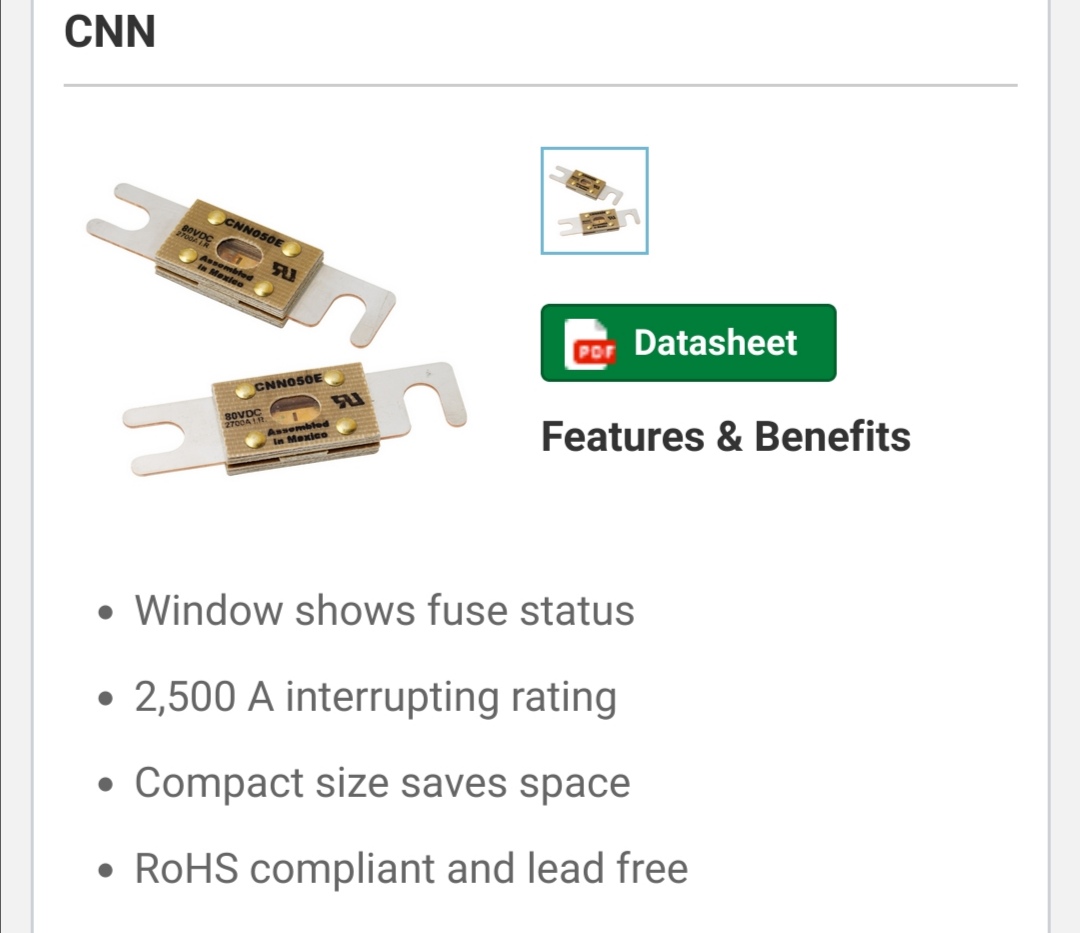My dad's system at his ranch has now had dangerous high heat and smoke when running only about 700a across the ANL 750a Blue Sea Systems fuse in the shunt. The fuse did not blow but essentially otherwise cooked due to heat. All connections were snug and tight.
The first time, the plastic holding the busbars actually melted. We replaced the shunt and this 2nd time the fuse cooked (and again, did not blow, per VRM max current was right at 700a).
What is the best/recommended fuse for this setup that will not create a dangerous thermal bottleneck?
We are currently using this:
https://www.bluesea.com/products/5163/ANL_Fuse_-_750_Amp
Pictures of the first failure after which we replaced the shunt and then the 2nd incident with the new shunt. In both incidents, the fuse did not blow. VRM screenshot is the 2nd incident and the last 2 pictures.

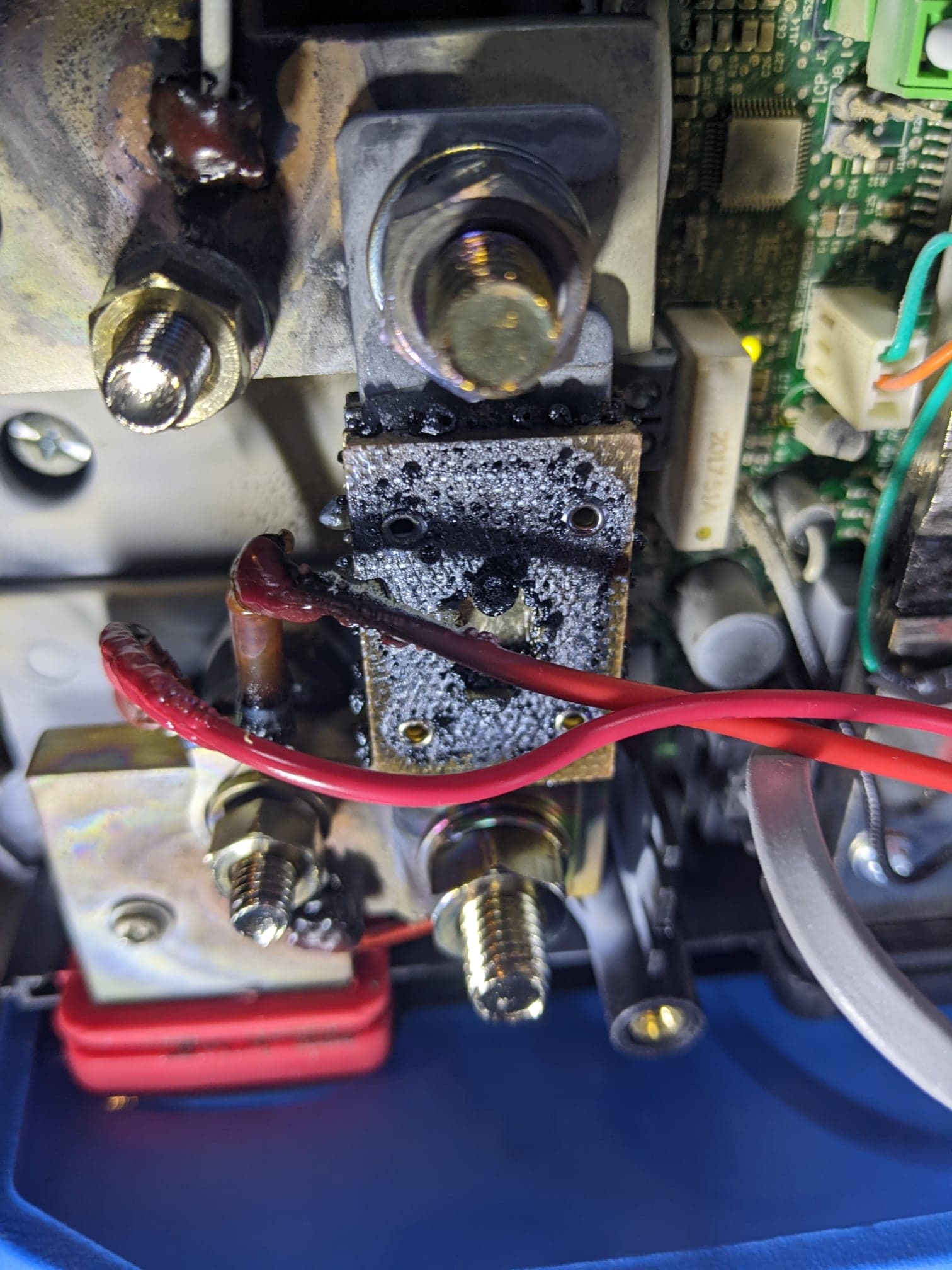

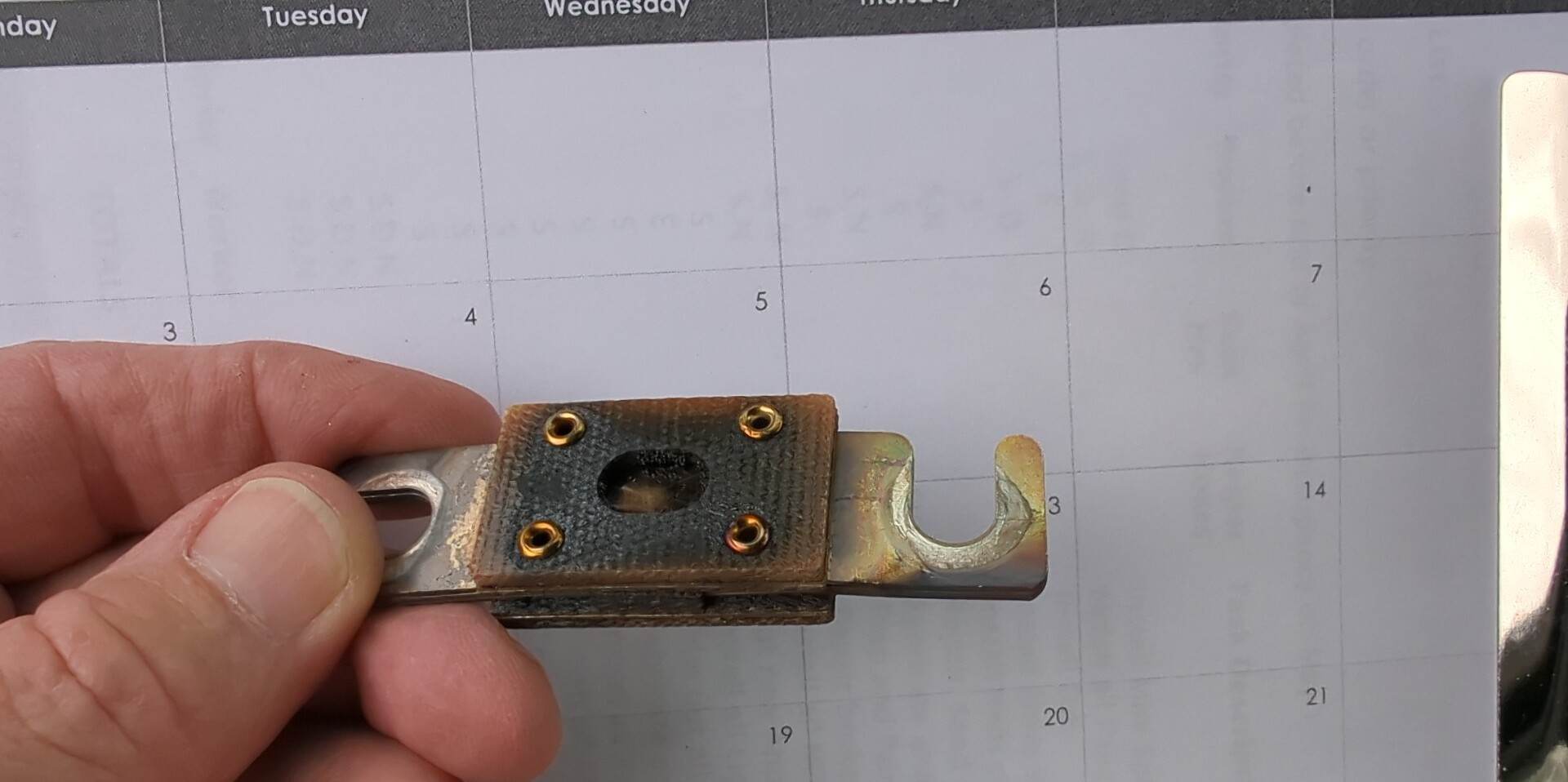
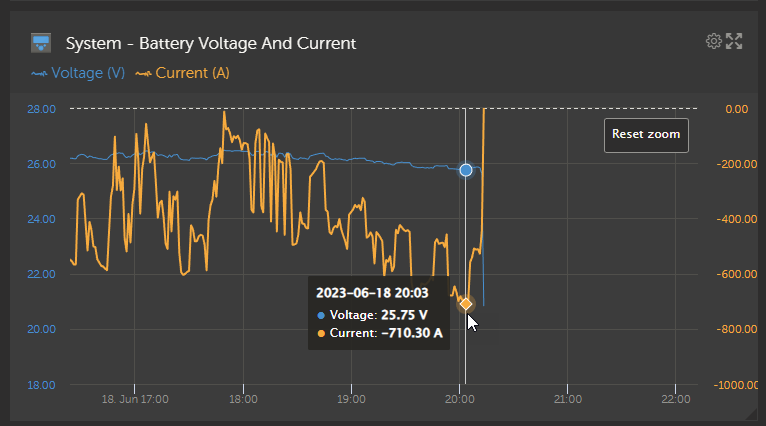


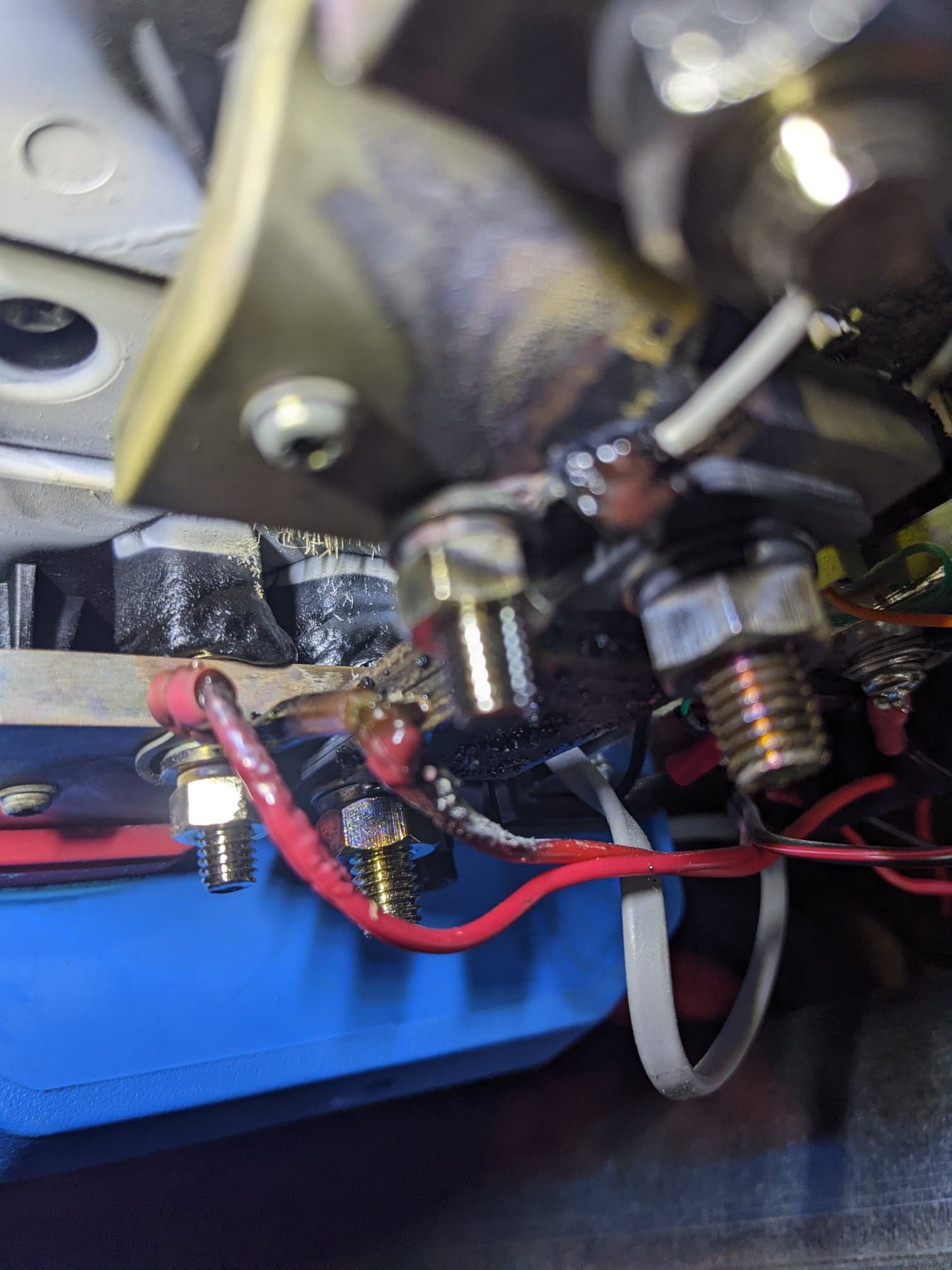

 We would love to have done a 48v system but the UL listed inverters were only 12 and 24v at the time.
We would love to have done a 48v system but the UL listed inverters were only 12 and 24v at the time.